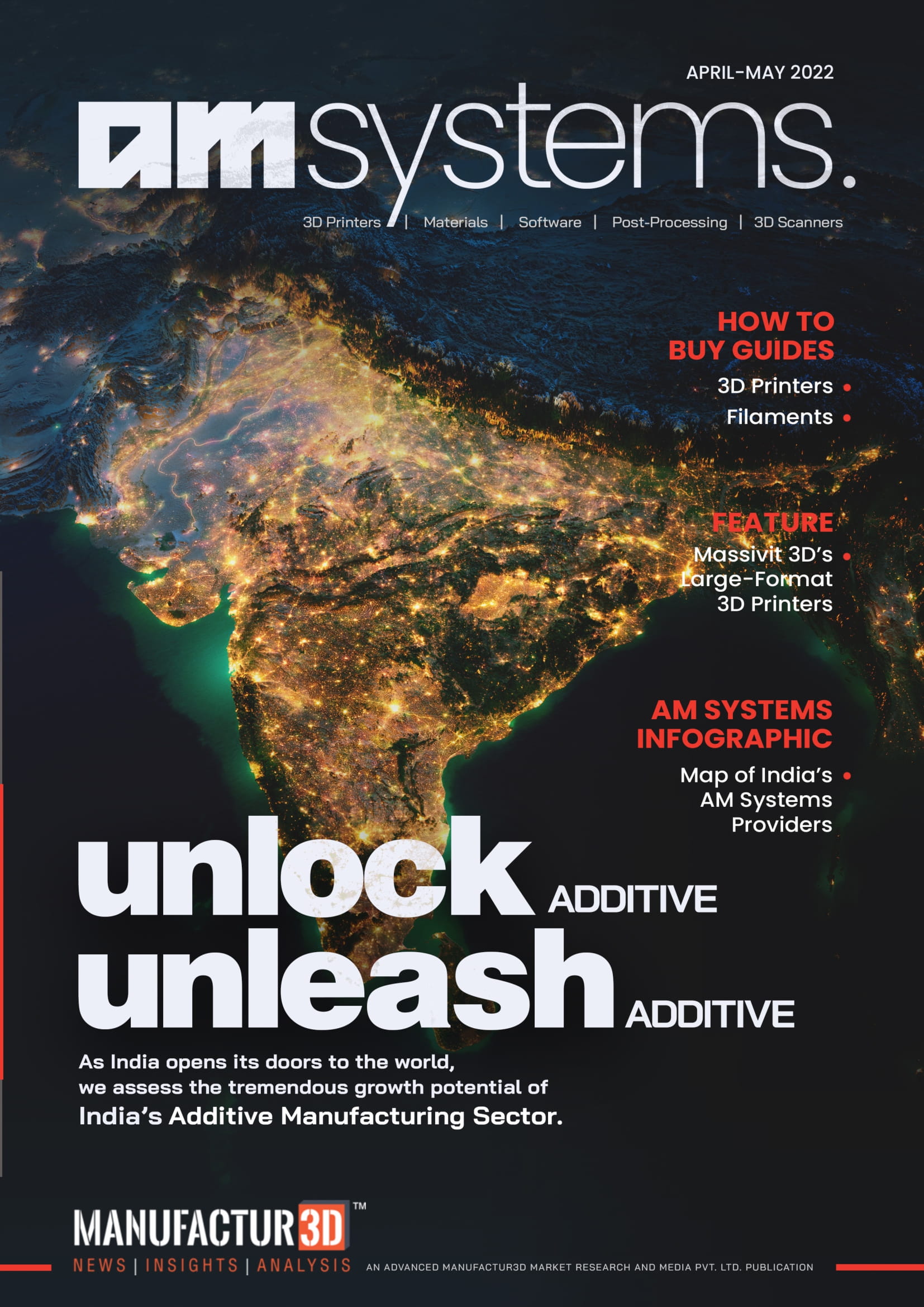
Above: The BMW Group’s State-of-the-Art Additive Manufacturing Campus/Image Credit: BMW Group
Despite the huge potential for Metal 3D printing in manufacturing industry, a survey found that only 29% of companies use additive manufacturing to make production parts. Recent demand for medical components has highlighted 3D printing’s capabilities. However, to further encourage its development, understanding the potential of high performance metals, improving the quality of printed products, and finding more affordable alternatives to metal powders is crucial. Methods such as molten metal deposition can be fast and economical, and a new system using water-based metal paste is boosting the speed, simplicity and affordability of metal 3D printing. When combined with a variety of metals from high grade titanium to scrap aluminium, quality is increased further and costs lowered more.
Titanium Components for Versatility in Manufacturing Industry

Above: Powder jars of Sandvik titanium power/Image Credit: Sandvik Group
With the strength of steel but 60% less dense, titanium is a desirable material for use in medical, aerospace or automotive applications, where the highest performance is required. Components made from Grade 5 titanium are light, strong and resistant to corrosion, making them particularly suitable for the racing industry, where they are put under extreme stress. A number of manufacturers of high performance cars such as BMW are now using 3D printing technology, not just for prototypes, but increasingly to manufacture parts for vehicles. Titanium’s high melting point means it is also resistant to heat and wear, which is why it was chosen to form the exhaust tailpipe in the latest Bugatti Chiron.
Improving Quality of Parts Produced From Powder

Above: Metal 3D Printing/Image Credit: DMG Mori
The automobile manufacturing industry commonly uses laser welding for joining metals and plastics, and a new real-time x-ray assessment process for checking the quality of welds is also proving useful for monitoring 3D printed metal parts produced with metal powder. A common method in metal 3D printing, the powder bed process involves the welding together of layers of metal beads with a laser. Metal pores often appear during this process, affecting the integrity of the finished product. However, the new monitoring process developed in Switzerland could be used to direct the laser to eliminate each pore as it occurs and before it is covered by another layer of metal.
Using Scrap Aluminium for Liquid Printing
Above: ValCUNextrusion process/Video Credit: ValCUN/YouTube
A start-up based in Belgium is focused on eliminating the use of lasers and metal powders altogether. With a view to making metal 3D printing less expensive and more convenient, they are using aluminium in molten metal deposition instead of powder bed processes. Rather than producing the high quality components required for the automotive industry, the company is aiming to mass produce parts for lower end applications, and is even considering recycling scrap aluminium cans to use as material for its products.
Choosing high quality titanium results in strong but lightweight components suitable for industries where the highest levels of performance are required. Real time monitoring can improve the quality of metal powder based printing, but to make metal 3D printing affordable, safer and more convenient, expensive metal powder is now being swapped for scrap aluminium.
About Manufactur3D Magazine: Manufactur3D is an online magazine on 3D Printing. Visit our Global News page for more updates on Global 3D Printing News. To stay up-to-date about the latest happenings in the 3D printing world, like us on Facebook or follow us on LinkedIn.



